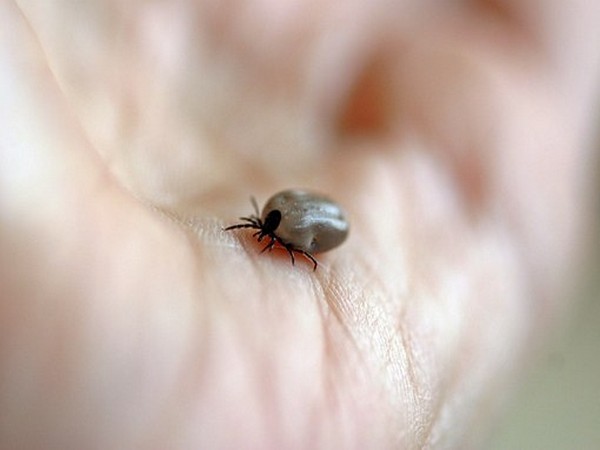Washington: The incidence of tickborne infections has risen significantly over the past decade.
They are imperative, therefore, public health officials and scientists have built a robust understanding of pathogenesis, design improved diagnostics and also developed preventive vaccines.
Leading scientists at the National Institute of Allergy and Infectious Diseases (NIAID), part of the National Institutes of Health (NIH), stated that bacteria causes most tickborne diseases in the United States, with Lyme disease representing the majority of reported cases.
The spirochete borrelia burgdorferi is the primary cause of Lyme disease in North America; it is carried by hard-bodied ticks that then feed on smaller mammals, such as white-footed mice, and larger animals, such as white-tailed deer.
Although there are many factors contributing to increased Lyme disease incidence in the U.S., greater tick densities and their expanding geographical range have played a key role, the authors write.
Although most cases of Lyme disease are successfully treated with antibiotics, 10 to 20 percent of patients report lingering symptoms after effective antimicrobial therapy. Tickborne virus infections are also increasing and could cause serious illness and death.
The public health burden of tickborne disease is considerably underreported, according to the authors. According to them, this is due to the limitations of current tickborne disease surveillance, as well as current diagnostics, which may be imprecise in some cases and are unable to recognize new tickborne pathogens as they emerge.
These limitations have led researchers to explore new, innovative diagnostics with different platforms that may provide clinical benefits in the future.
By focusing research on the epidemiology of tick-borne diseases, improving diagnostics, finding new treatments and developing preventive vaccines, public health officials and researchers may be able to stem the growing threat these diseases pose.
The full findings are present in the journal- New England Journal of Medicine.
(ANI)

